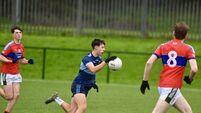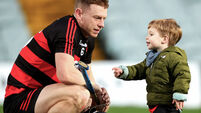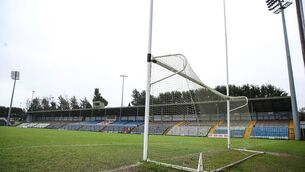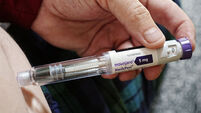Championship Preview: Something new and shiny for 2015

Kerry has become the first county to introduce a fully-integrated GPS programme for its entire senior football squad this season, measuring load and general wellness. Sports scientist Jason McGahan is doing a PhD at Cork IT on the data.














